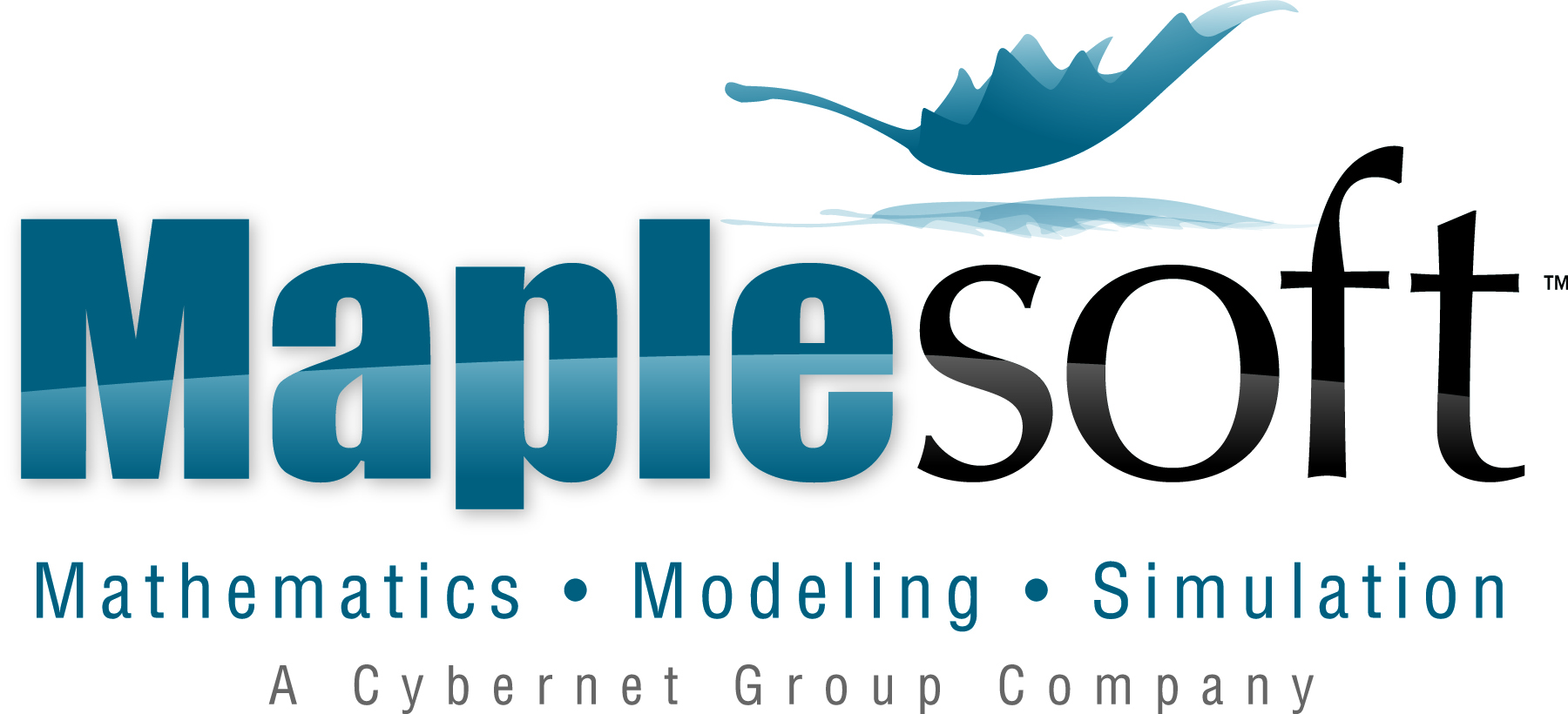2013 CMS Winter Meeting
University of Ottawa, December 6 - 9, 2013
- FRANCIS CHUNG, University of Michigan
Partial Data Inverse Problems for the Neumann-to-Dirichlet map [PDF]
-
Electrical impedance tomography is an imaging method which seeks to recover the conductivity of an object by applying electrical currents to the boundary of the object and measuring the resulting potentials there. The mathematical challenge is to reconstruct the conductivity from knowledge of this current-to-voltage or Neumann-to-Dirichlet map. Ideally one would like to be able to show that we can restrict the measurements to a subset of the boundary and still determine the conductivity. In this talk I will give a brief introduction to this sort of partial data problem, and describe a recent result proving that partial boundary measurements of the Neumann-to-Dirichlet map on certain subsets do indeed uniquely determine the conductivity.
- PETER GIBSON, York University
A geometric representation of the Green's functions for scattering in layered media [PDF]
-
We consider the response G(t) at the boundary of a layered half-space to a normally incident impulsive plane wave. This serves as a basic model for measured data in various imaging modalities, where one seeks to determine physical parameters of the half-space from the data. From the mathematical perspective, G is the partial Green's function for a PDE having discontinuous coefficients, and it has been extensively analyzed by stochastic methods. The purpose of this talk is to give a new, deterministic description of G in terms of a system of PDE on the polydisk crossed with the torus. Remarkably, the latter system has smooth coefficients and reveals some unexpectedly simple geometry.
- MICHAEL HASLAM, York University
A High Order Method for the Scattering Problem from Layered Conducting Dielectric Media [PDF]
-
The problem of evaluating the electromagnetic response of a periodic surface to an incident plane wave is of great importance in science and engineering. Applications of the theory exist in several fields of study including solar energy research, optical instrument design, and remote sensing. We discuss the extension of our previous methods to treat the problem of scattering from layered dielectric surfaces, where the conductivity may contain a lossy component. The generalization of our methods is not straight-forward, and involves the careful treatment of certain hyper-singular operators which arise in the formulation of the problem in terms of surface integral equations. We demonstrate the rapid convergence of our methods for classically difficult cases in the resonance regime.
- NICOLAS HOELL, University of Toronto
Some Uses of Harmonic Functions in Imaging [PDF]
-
We discuss results involving harmonic function theory in tomography and, time permitting, current density impedance imaging. In the tomography case, complex analysis is a powerful tool for obtaining representation formulae for densities arising in ray transform imaging. We present joint work with G. Bal. In the case of current density imaging, we discuss connections between harmonic functions, minimal surfaces and how interior data facilitates the reconstruction of interior anisotropic conductivity tensors. This is joint work with A. Moradifam and A. Nachman.
- MICHAEL LAMOUREUX, University of Calgary
Iterative methods for full waveform inversion [PDF]
-
Full waveform inversion is a technique to solve the seismic imaging problem by matching forward and reverse numerical modeling of seismic wave propagation through a complex medium, updating the set of physical parameters that describe the details of this medium until an accurate image is achieved. We report on a partial stack method to speed convergence of the method, with numerical tests using both density and bulk modulus as the physical parameter under study. A waveform tracking technique to localize the numerical update increases the stability of the algorithm. The numerical PDE modeling uses an efficient finite difference solver for the elastic wave equation in two dimensions. This joint work with Gary Margrave and Vladimir Zubov at the University of Calgary.
- WENYUAN LIAO, University of Calgary
Adjoint analysis and its application in full waveform seismic inversion [PDF]
-
In this work we focus on the development of an efficient and accurate computational method for solving the adjoint-based full waveform seismic inversion problem. The physics model considered is a 2D acoustic wave equation with heterogeneous velocity model. Seismic data are recorded on the earth's surface. The inverse problem is formulated as a PDE-constrained nonlinear optimization problem in which the parameters to be estimated is the velocity model. Given the high heterogeneity of the earth, a large number of parameters are expected in the optimization problem, which makes it necessary to apply gradient-based local optimization algorithm. Adjoint state method has been proved to be an effective and accurate approach to derive the gradient of the objective function with respect to a large number of model parameters. Here in this work we use a powerful adjoint analysis tool: perturbation theory to derive the adjoint wave equation, which is then numerically solved to compute the adjoint variable for the purpose of gradient computation. Some numerical examples in seismic imaging problems are presented to illustrate the effectiveness and efficiency of the proposed method.
- ALEXANDRU TAMASAN, University of Central Florida
Recent progress in Current Density Impedance Imaging [PDF]
-
Current Density Impedance Imaging refers to the inverse problem of conductivity imaging, when some knowledge of the current density field is known inside. When only the magnitude of one current density field is available, the mathematical problem reduces to solving a boundary value problem associated with the one-Laplacian. I will present some recent results on the Dirichlet problem based on joint works with Amir Moradifam (Columbia U) and Adrian Nachman (U Toronto), and Gregory Spradlin (Embry-Riddle U).
- MOHAMMAD TAVALLA, York University
- OZGUR YILMAZ, The University of British Columbia
Sparsity and Blind Source Separation [PDF]
- OZGUR YILMAZ, The University of British Columbia
-
Certain inverse problems can be solved quite efficiently if the
solution is known to have a sparse decomposition with respect to some
basis or frame in a Hilbert space. One particular example of such an
inverse problem is the so-called cocktail party (or blind source
separation) problem: Suppose we use a few microphones to record
several people speaking simultaneously. How can we separate individual
speech signals from these mixtures?
In this talk, I will review the algorithm DUET that addresses the blind source separation problem. In addition to being computationally efficient, one of the advantages of DUET is its ability, at least in some cases, to separate $n\ge 3$ source signals using only two mixtures. The algorithm is based on the key observation that Gabor expansions of speech signals are approximately sparse and satisfy the so-called $W$-disjoint orthogonality assumption which states that which states that, statistically, the windowed Fourier transforms of different source signals have disjoint supports.







